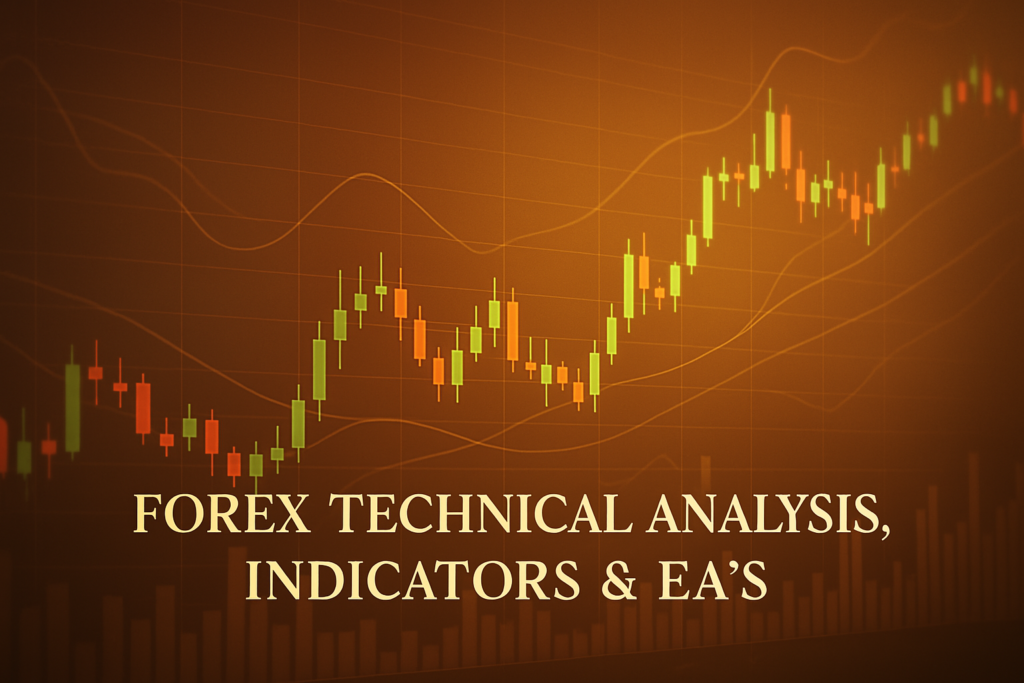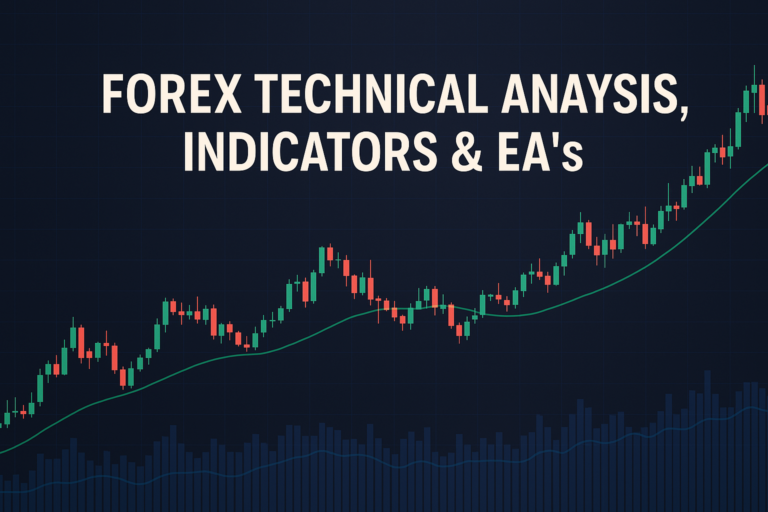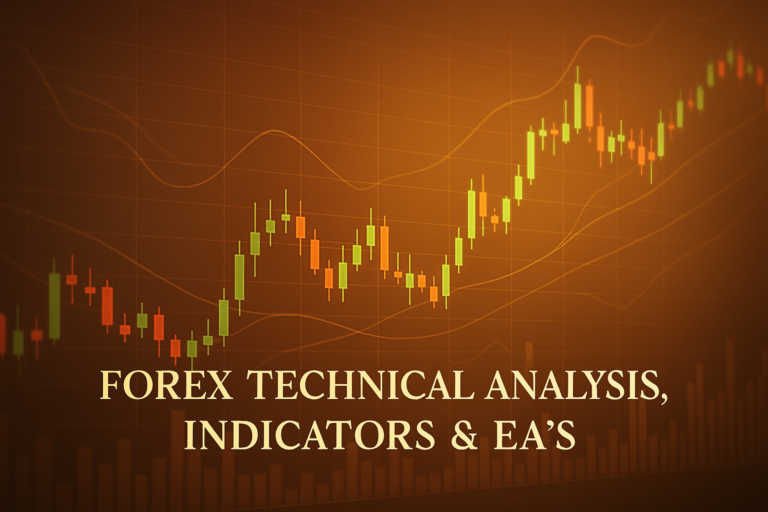
The USD INR moving average is essential for traders looking to navigate the Forex market effectively.
The USD INR moving average is a vital tool in Forex trading. It helps traders understand price trends and make informed decisions. By averaging the exchange rate over a specific period, it smooths out fluctuations. This makes it easier to spot trends in the USD to INR pairing.
However, many traders, both beginners and professionals, struggle with using the USD INR moving average effectively. They often find it challenging to interpret the data and apply it to their trading strategies. Understanding this tool is crucial for maximizing trading success and minimizing losses.
This article will cover what the USD INR moving average is, its history, advantages and disadvantages, how to apply it on trading platforms, and strategies for effective trading.
Sometimes, traders feel overwhelmed by the tools on their Forex platforms. A cluttered interface can lead to confusion. One common issue is when too many indicators are shown. This wastes space on the interface and makes it hard to focus on important data.
What is a USD INR Moving Average?
What is a USD INR Moving Average?
The USD INR moving average is like a simple way to see the average price of the US Dollar against the Indian Rupee over a certain time. Imagine you want to find the average temperature for a week. You take each day’s temperature, add them up, and divide by seven. This gives you a clearer picture instead of looking at just one day’s temperature. Similarly, the USD INR moving average helps traders see the general trend in currency movements.
Types of USD INR Moving Average
There are different types of moving averages that traders use:
- Simple Moving Average (SMA): This is the most basic type, where prices are averaged over a set period, like 10 or 50 days.
- Exponential Moving Average (EMA): This type gives more weight to recent prices, making it more responsive to new information.
- Weighted Moving Average (WMA): Similar to EMA, but it gives varying weight to different prices based on a specific formula.
How USD INR Moving Average Smooths Out Price Action
The USD INR moving average smooths out price action by filtering out the noise in daily price movements. Imagine trying to hear someone talking in a loud room. If you focus only on their words and ignore the background noise, you will understand them better. The moving average helps traders focus on the overall trend instead of daily fluctuations.
Common Periods Used and Why
Traders often use common periods for the USD INR moving average, such as 10, 20, 50, or even 200 days. A shorter period, like 10 days, reacts quickly to price changes. In contrast, a longer period, like 200 days, provides a broader view of the trend. Choosing the right period depends on the trader’s strategy and goals.
The History of USD INR Moving Average: How It Became Popular
Origin of USD INR Moving Average
The concept of the moving average originated in the early 20th century. It was created as a way to analyze stock prices. As Forex trading grew, traders recognized its value in currency trading, particularly with the USD INR pair. It gained traction as traders sought to make better decisions using this simple yet powerful tool.
When Did Traders Start Using It Widely?
Traders began using the USD INR moving average widely in the late 1990s. The rise of online trading platforms made it easier for individual traders to access this tool. It became popular as traders shared their strategies and experiences, leading to a greater understanding of its benefits.
Real-Life Stories
Many professional traders have made fortunes using the USD INR moving average. One trader, who focused on this pair, noticed a consistent upward trend using a 50-day moving average. By following this trend, he entered trades at the right moments and significantly increased his profits. Such stories are common in the trading community and inspire many to learn and apply the moving average in their strategies.
Advantages and Disadvantages of USD INR Moving Average
Advantages:
- Helps Identify Trends Easily: The moving average makes it simple to spot whether the market is going up or down.
- Useful for Dynamic Support and Resistance: It can act as a support level when prices are above it and resistance when below.
- Works Well for Crossover Strategies: Traders can use the crossing of different moving averages to make buy or sell decisions.
Disadvantages:
- lags behind Price Movements: Because moving averages are based on past prices, they may not react quickly to sudden changes.
- Can Give False Signals in Sideways Markets: In a market that is not trending, moving averages can lead to confusion and wrong trades.
How to Apply USD INR Moving Average on MT4 & MT5
Step-by-Step Guide to Adding USD INR Moving Average on Charts
To add a USD INR moving average on MT4 or MT5, follow these steps:
- Open your trading platform and select the USD INR currency pair.
- Click on the “Insert” menu, then select “Indicators.”
- Choose “Trend” and then “Moving Average.”
Customizing USD INR Moving Average Settings
Once added, you can customize the moving average settings. Select the period you wish to use, choose the type (SMA, EMA, WMA), and pick a color for visibility. This allows you to tailor the indicator to your preferences.
Saving Templates for Easy Application
After setting up your moving average, save it as a template. This makes it quick and easy to apply the same settings to other charts in the future.
5 to 7 Trading Strategies Using Only USD INR Moving Average
All Time Frame Strategy (M5 to D1)
This strategy utilizes the USD INR moving average across all time frames. In a bullish trend, buy when the price is above the moving average. Sell when it’s below. An example would be entering a buy order when the price crosses above the 50-day SMA on the 1-hour chart.
Trending Strategies
In trending markets, traders can use the USD INR moving average to confirm the direction. For instance, if the 20-day EMA is above the 50-day EMA, it signals a bullish trend. Traders can enter buy orders when the price retraces to the moving averages.
Counter Trade Strategies
This strategy aims to trade against the trend using the USD INR moving average. If the price is below the moving average and starts to rise, traders can place a buy order with a tight stop loss. For example, if the price bounces off the 200-day SMA, it could indicate a reversal.
Swing Trade Strategies
Swing traders can use the USD INR moving average for entry points. They look for the price to touch the moving average and then enter a trade in the direction of the trend. An example is entering a buy order when the price bounces off the 50-day SMA during a bull trend.
5 to 7 Trading Strategies Combining USD INR Moving Average with Other Indicators
All Time Frame Strategy (M5 to D1)
This strategy combines the USD INR moving average with the RSI (Relative Strength Index). Traders buy when the price is above the moving average and the RSI is below 30, indicating an oversold condition. For example, when the price crosses above the 50-day SMA and the RSI indicates oversold, it’s a good buying opportunity.
Trending Strategies
For trending strategies, combine the USD INR moving average with MACD (Moving Average Convergence Divergence). Buy when the MACD line crosses above the signal line, and the price is above the moving average. For instance, if the MACD crosses above while the price is above the 20-day EMA, it signals a strong buy.
Counter Trade Strategies
Use the USD INR moving average with Bollinger Bands for counter-trade strategies. When the price touches the lower Bollinger Band and is below the moving average, traders can enter a buy order. An example would be buying when the price touches the lower band and starts to rise.
Swing Trade Strategies
Combine the USD INR moving average with Stochastic Oscillator for swing trades. Buy when the Stochastic indicates oversold and the price is near the moving average. For instance, a buy signal occurs when the price retraces to the 50-day SMA while Stochastic shows oversold conditions.
Sometimes, traders find that their order remains open even when they thought it should close. Understanding how moving averages work can help clarify such situations.
Top 10 FAQs About USD INR Moving Average
1. What is a moving average?
A moving average is a tool that averages prices over a specific time to show trends in the market.
2. How do I calculate the USD INR moving average?
Add the closing prices of the USD INR pair over a set period and divide by the number of periods.
3. What is the best moving average for Forex trading?
The best moving average often depends on your trading style. Many traders prefer the 50-day or 200-day moving averages.
4. Can moving averages be used in sideways markets?
While they can be used, moving averages may provide false signals in sideways markets.
5. How do I interpret a moving average crossover?
When a shorter moving average crosses above a longer moving average, it’s a buy signal. Conversely, when it crosses below, it’s a sell signal.
6. What time frame should I use for moving averages?
It depends on your trading strategy. Short-term traders might use 5-15 minute charts, while long-term traders may prefer daily or weekly charts.
7. How often should I change my moving average settings?
Adjust based on market conditions or your trading strategy. Regular reviews can help optimize performance.
8. Are moving averages good for all currency pairs?
Yes, moving averages can be applied to any currency pair, including USD INR, but effectiveness may vary by pair.
9. Can I use moving averages alone for trading?
While moving averages are helpful, combining them with other indicators can provide better signals and reduce risk.
10. What are the risks of using moving averages?
Risks include lagging signals and false breakouts, particularly in volatile or sideways markets.
Conclusion
In summary, the USD INR moving average is a powerful tool in Forex trading. It helps traders identify trends, set entry and exit points, and manage risk. Understanding both its advantages and disadvantages is crucial for effective use.
As you explore strategies using the USD INR moving average, remember to practice and test them before committing real money. Trading can be rewarding, but it requires patience and practice.
Mastering forex requires learning from the best—start with this Benzinga, EToro Academy
Expand Your Knowledge
- 📌 Forex Trading Learning Road Map
- 📌 Forex Trading Course with no Fees
- 📌 Forex Trading Issues, Problems, and Solutions
- 📌 Forex Daily Forecast & Live Updates
- 📌 Forex Fundamental & News Analysis: Tomorrow’s Market Movers & Trade Opportunities
- 📌 Forex Education Hub: Learn & Profit
- 📌 Forex Technical Analysis, Indicators & EA’s
Start Trading Today
Ready to take your forex trading to the next level? Open an account with Exness, one of the most trusted platforms in the industry. 👉 Sign Up Now and trade with confidence!
My recommended broker stands out with ultra-low spreads for beginners, instant withdrawals, and zero spread accounts for pro traders.
Trusted since 2008, lightning-fast execution, no hidden fees, and a secure, transparent trading environment—giving you the edge you need to succeed. 🚀
YouTube Video Library: Related Videos
target done 7k profit | exness trading | forex trading in exness | forex trading me 5k to 50k ✅
USDINR Moving Averages Formation and Analysis | How to implement Moving Average Indicators in USDINR
USDINR Trading Strategy!USDINR Investment Strategy!Currency Market!EURSD!USD-INR Live Trading Profit
quotex.in $200 trade win using epic strategy #trading #howtousequotex #qxbroker #quotex #trader
5/25 Simple moving average strategy USDINR, Silvermicro, Bank nifty
Best Intraday & Near Term Currency(USD/INR, GBP/INR & EUR/INR)Pairs Tech Analysis, 3 August, English
Trading Strategy to learn for the year – USDINR closed at 82.94 – #9T9USDiNR #9t9swing
Note: The video above is embedded from YouTube and is the property of its original creator. We do not own or take responsibility for the content or opinions expressed in the video.



